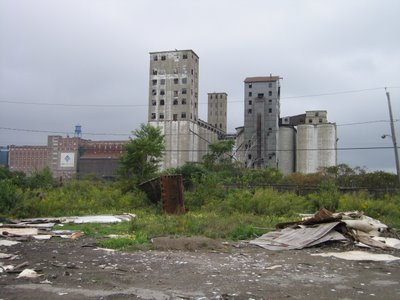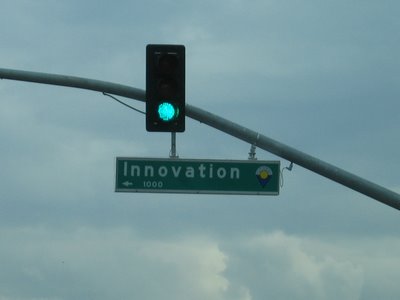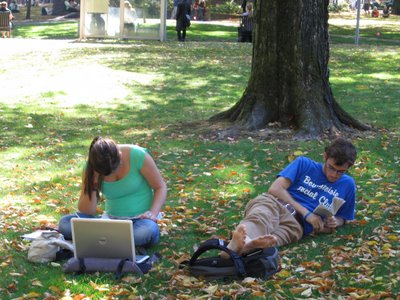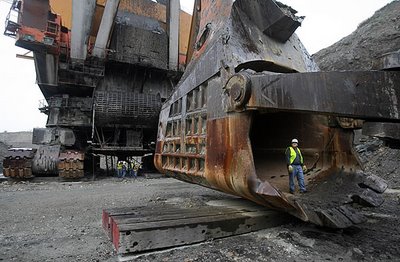
Normally, real estate gets more expensive the closer you get to the waterfront. But not in Buffalo, NY. Toxic contamination in the Buffalo River depresses property values in adjacent residential areas by as much as $140 million, according to a study released today by a group of local officials, economists, and scientists.
"If you had a home worth $100,000 two-tenths of a mile from the river, and you moved it one-tenth of a mile closer to the river, it would lose $10,000 in value. There's a hug effect from being really close to the river," said Dr. John Braden, the economist from the University of Illinois who led the study, which is based on homeowner surveys, a review of real estate sales, and GIS mapping.
The report also found that, given a clean river, prospective homebuyers would be willing to pay 15 percent more for homes in the area if pollution was cleaned up. That translates into an additional $543 million in assessed value for the properties adjacent to the river. Dr. Braden also suggested cleaning up the Buffalo River would unleash a wave of new economic development in the city.
"We measured just a very small part of what might follow cleaning up the Buffalo River," Dr. Braden said, noting that the report did not account for the far-reaching benefits related to human health, improved fishing, and increased recreational opportunities.
"It seems clear that [the polluted river] is depressing property values, especially near the river and to its south," Dr. Braden said. "It appears that reversing this 'quality of the river' effect could have appreciable affects on property values and hence on the tax base in the area. And it appears that, with a clean river, residents believe that properties could be appreciably more valuable than the conditions in the current marketplace. It looks like there's considerable upside for property owners in the vicinity of river and perhaps more broadly in the Buffalo area."
Local officials agreed.
"These academic results support what we already know," said Buffalo Mayor Byron Brown. "In every instance, a clear outcome of this activity will be improved property values," Mayor Brown added.
A related report released in 2003 confirmed similiar economic benefits
related to cleaning up Waukegan Harbor in northern Illinois. And Dr. Braden et. al. will release a report on the economic value of cleaning up the Sheboygan River in WI next week.
Still, the Bush Adminstration continues to reject the call for increased federal funding to
accelerate a major Great Lakes cleanup program. And the vast majority of state and federal leaders across the region continue to view Great Lakes restoration as a one-dimensional environmental issue. Not as a multi-dimensional public works project that will have far-reaching affects for the region's - and the nation's - economic competitiveness, natural bounty, and quality of life.


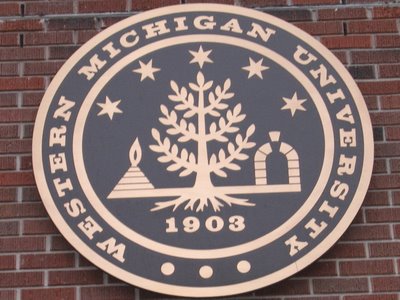
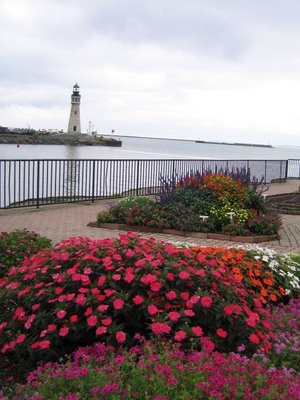




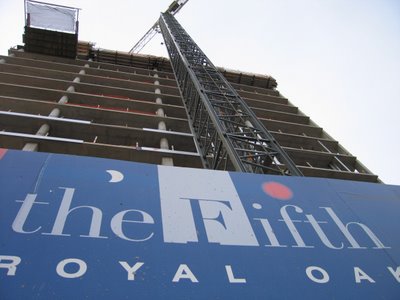


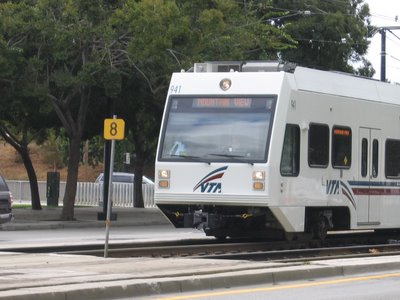


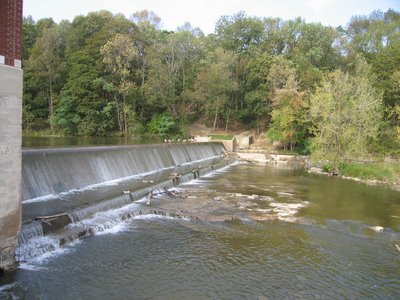
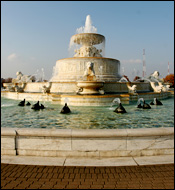





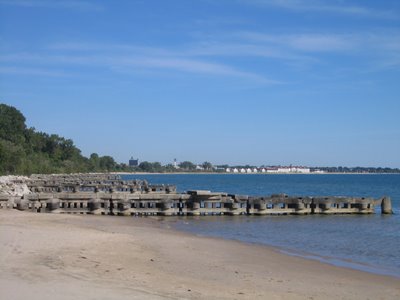
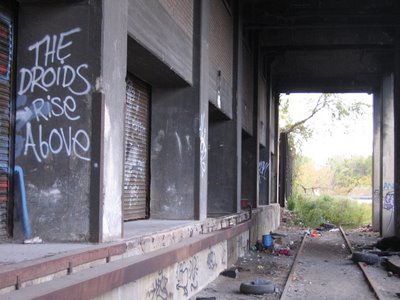

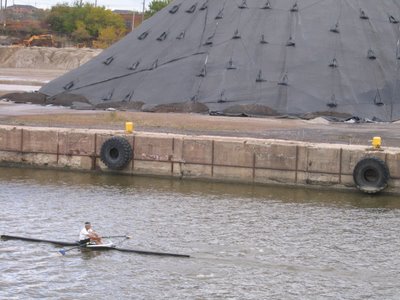
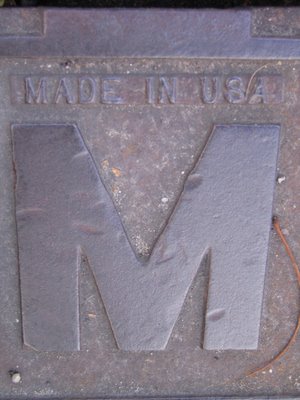

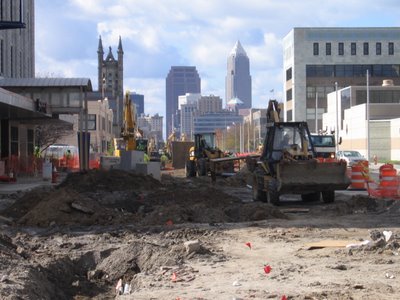
 Patriotism. Progress. Culture.
Patriotism. Progress. Culture. 